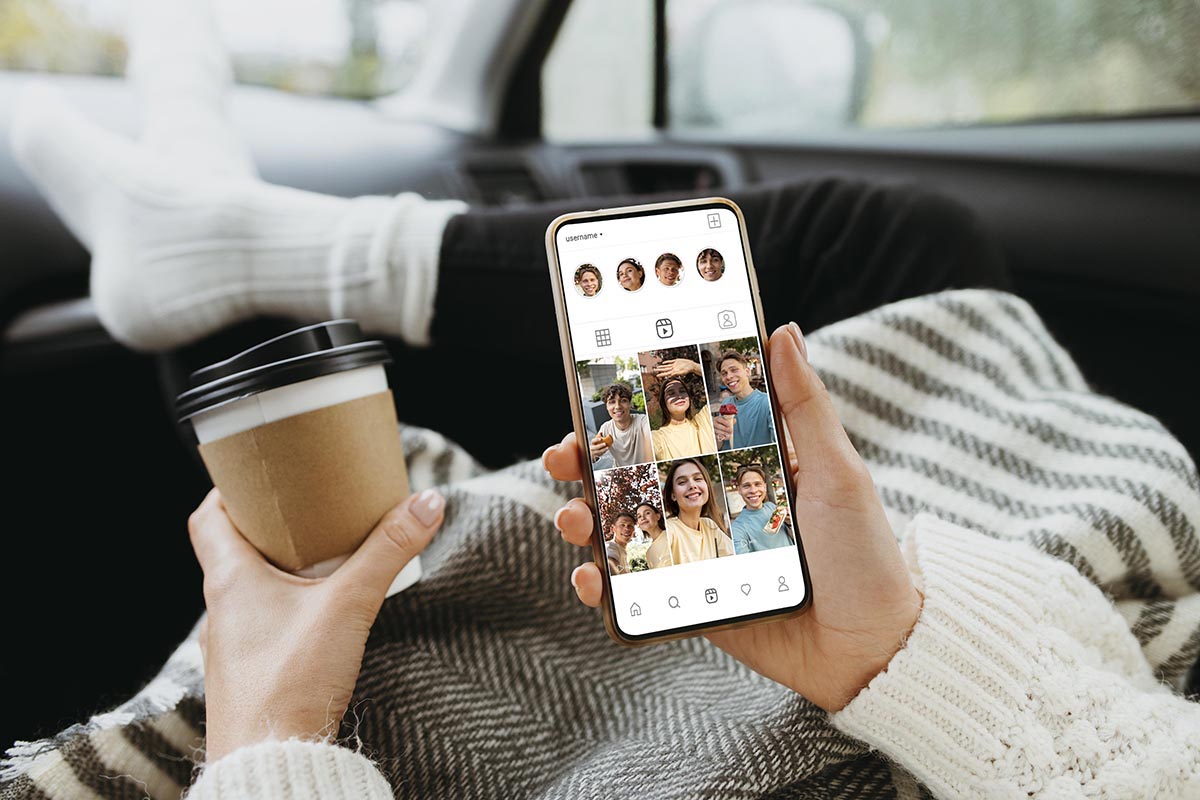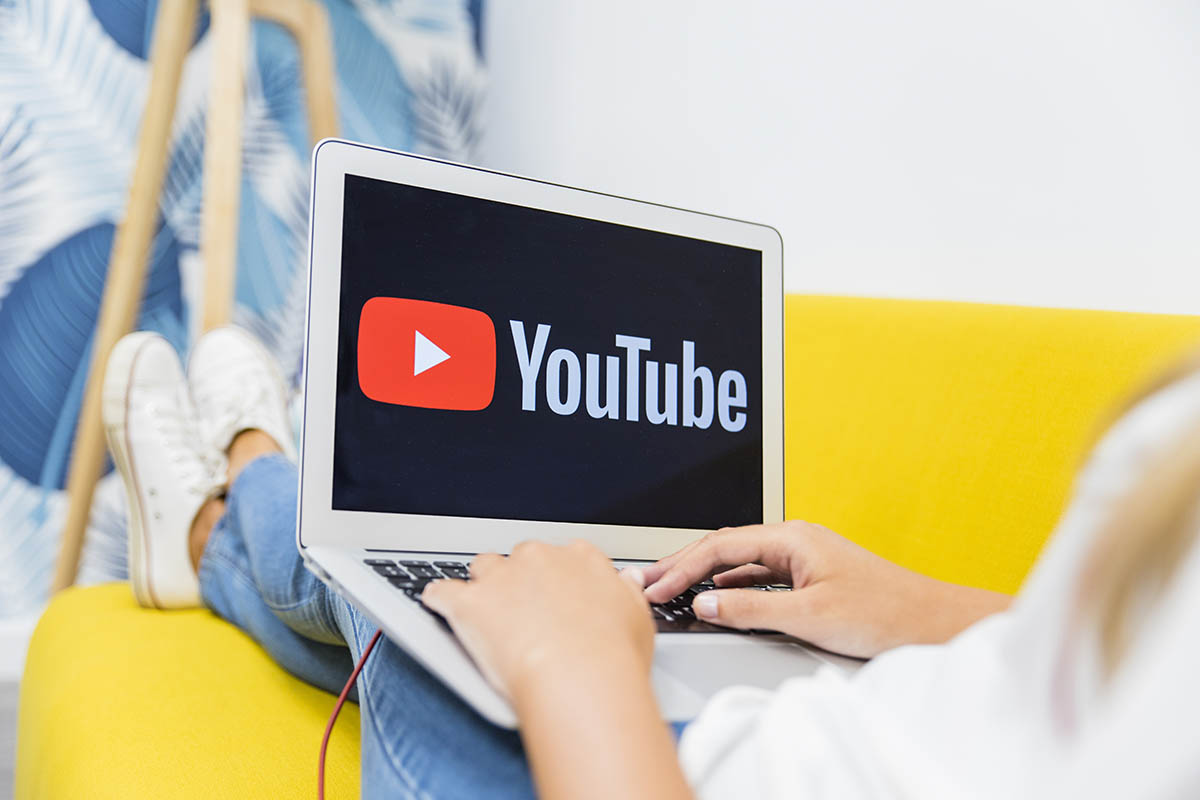Social Media Is in Recession: What the Shift Means for Creators and Brands
Key Points
Social platforms are facing an engagement recession with declining public interactions.
Users are migrating to private digital spaces like DMs, Telegram, and Discord.
Brands risk an extinction event if they invade these spaces without sensitivity.
As summer comes to a close, there’s always that subtle feeling of change in the air.
Days grow shorter, routines shift, and we begin to think differently about where we put our time and attention.
But this year, the shift feels bigger than just seasonal. It feels cultural.
Because while the sun was setting on long summer evenings, something else was fading in the background: social media itself.
What we’re seeing now is an engagement recession, where likes, shares, and comments are steadily declining. People are tuning in, but not participating in the same way.
A big reason is algorithm fatigue—the weariness that comes from feeds designed to frack our attention with endless dopamine loops or outrage triggers. Instead of energizing, scrolling now feels draining.
And so people are seeking refuge elsewhere, moving away from noisy feeds into digital communities—smaller, more intimate spaces where conversations feel real again.
For years, platforms promised connection, scale, and endless visibility.
Yet, as we move into this new season, one thing has become undeniable: social media is in recession.
The Quiet Recession of Attention
Engagement across all major platforms is declining.
What we’re experiencing is an engagement recession—people are still online, but they’re not showing up the way they once did.
Instagram has admitted that teens spend more time in DMs than Stories, and more time in Stories than the feed.
TikTok views may still look impressive, but comments and shares are flattening.
The truth is people are tired. Algorithm fatigue has set in—what once felt like discovery now feels like obligation.
The feeds that were supposed to inspire us now drain us, leaving little space for creativity or joy.
As a creator, I’ve felt this shift personally.
Like many, I stepped back. I took a break—not because I didn’t want to create, but because the noise made it hard to hear myself.
And I wasn’t alone. So many creators disappeared for a while this summer, regrouping, thinking, waiting for something new to emerge.
Now, as fall approaches, many of us are coming back—but differently.
Instead of chasing the old cycles, we’re more focused on connection, storytelling, and building within digital communities where conversations feel real again.
Where Did Everyone Go?
The answer is simple: into hiding.
Private spaces like Telegram and Discord saw record growth in 2024.
Facebook Groups, long written off, still attract over 1.8 billion users each month.
On Instagram, real connection happens in DMs, not feeds.
It’s not that people stopped caring about digital life. They simply sought out smaller, safer, more meaningful spaces.
Instead of shouting into the void of the feed, they’re whispering in private rooms, sharing links in group chats, or forwarding posts to one trusted friend.
This is not just a technical shift. It’s cultural.
The open internet has become hostile—algorithms that frack our attention with outrage or brain-rot have pushed people inward. What thrives now is intimacy.
A Marketer’s Perspective
As a marketer, I see this not just as a passing trend, but as a structural change in how culture flows online.
What we’re experiencing is an engagement recession, and it’s reshaping everything we thought we knew about digital strategy.
For two decades, brands were trained to chase visibility—likes, reach, impressions. But that model is collapsing under the weight of algorithm fatigue.
People are no longer energized by feeds optimized for attention; instead, they’re retreating into digital communities that feel safer, smaller, and more meaningful.
Advertising has always subsidized the “free” internet. But when the most important moments move into private channels, brands lose access.
Platforms are already experimenting with fixes—Instagram letting brands DM users, TikTok exploring closed groups—but the truth is, users don’t want us barging in.
If brands treat private spaces the same way they treated feeds—flooding with ads, optimizing for attention—we risk driving people even further underground.
That’s when a recession turns into an extinction event, where the only ones left in the public square are marketers talking to themselves.
The Most Important Upcoming Changes in Social Media
So, what’s next? Here are three changes I believe will define the coming year:
The Rise of Micro-Communities. Instead of massive feeds, culture will bubble up through niche groups, closed communities, and invite-only spaces. Brands will need to partner with trusted creators already embedded in those circles.
The Shift to Private Messaging. DMs are now the primary channel of connection. The “forward” button is more powerful than the “like.” Creators should design content with shareability in mind—would someone send this to a friend?
The Return of Authentic Storytelling. Algorithms may change, but human nature doesn’t. What cuts through isn’t optimization, it’s storytelling. The creators who thrive will be those who connect emotionally, who share narratives people want to carry with them.
Can We Still Rely on Storytelling?
Yes—and more than ever.
Storytelling has always been the backbone of human connection, long before feeds and hashtags.
In this new era, it becomes the bridge between private and public.
A good story is what gets screenshotted, forwarded, or shared inside private channels, where trust and intimacy shape the conversation.
This is where creators returning from their breaks have the advantage.
We’ve had time to reflect, to strip away the noise, and to rediscover why we create in the first place. For me, the answer has always been the same: to connect.
But connection today requires more than content—it requires brand authenticity.
People can sense when something feels forced or transactional, and they will protect their spaces from it.
Storytelling that is genuine, emotional, and respectful of context is what earns its place in these more personal environments.
Because here’s the risk: if brands show up inauthentically, flooding private spaces the way they once flooded feeds, we step into extinction event marketing—a moment where users scatter again, leaving only marketers behind.
Storytelling doesn’t just sell products. It builds belonging.
And in a world moving away from the loud chaos of the feed toward the quiet intimacy of private spaces, belonging is everything.
A Reset, Not an Ending
The engagement recession isn’t the end of social media—it’s a reset.
Just like the end of summer makes way for fall, one season of the internet is closing, and another is beginning.
For creators, this means freedom. You don’t need to burn out chasing algorithms.
You can focus on making content people truly want to pass along.
For brands, it means responsibility. You can’t demand space in private rooms—you have to be invited.
That requires humility, value, and trust.
This year, I’ve also taken time to step back into real life.
I read more, I learned more, I spent time away from feeds.
One of the biggest joys was returning to real paper books—something I had drifted away from in the fast scroll of digital life.
Holding a book, slowing down, making notes in the margins—it reminded me that depth is still possible.
That we don’t have to consume everything at the speed of an algorithm to feel connected.
And that’s the lesson I carry back into creating: it’s not about producing endlessly for the feed, it’s about finding meaning, taking time, and sharing stories that last.
Final Thoughts
This fall, the most important work isn’t about maximizing reach. It’s about rebuilding trust.
It’s about creating meaning worth sharing, and showing up with brand authenticity—in ways that feel respectful, genuine, and true.
Social media may be in recession, but human connection is not.
The question is simple: will we learn from the mistakes of the feed era, or repeat them in the private channels now taking its place?
Because if we ignore the cultural shift and invade these spaces the same way we once flooded feeds, we risk deepening the engagement recession and sliding into extinction event marketing—a moment where users scatter, leaving only brands and marketers talking to each other.
As we step into this new season, the opportunity is clear.
- Slow down.
- Tell real stories.
- Build trust.
- Create meaning.
That’s how we’ll thrive in the era after the feed.





















